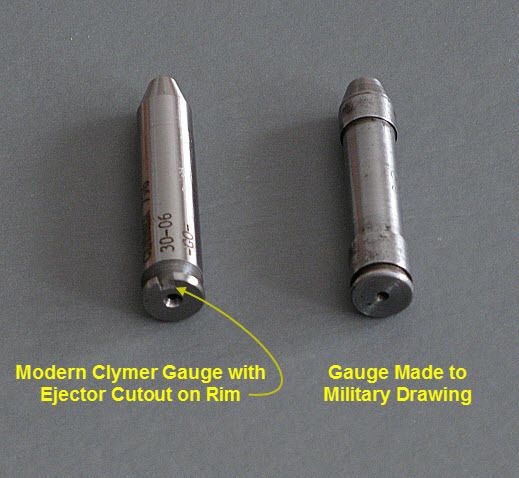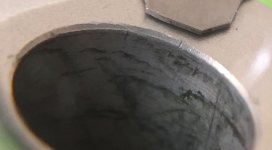zanemoseley
New member
I'm looking at getting a few hornady items, the OAL gauge, bullet comparator basic set and the headspace gauges with comparator.
I see they sell the headspace gauges with and without the comparator. Is it the same comparator as the one that comes with the bullet comparator set. No need for two of they're the same ones right?
I see they sell the headspace gauges with and without the comparator. Is it the same comparator as the one that comes with the bullet comparator set. No need for two of they're the same ones right?


